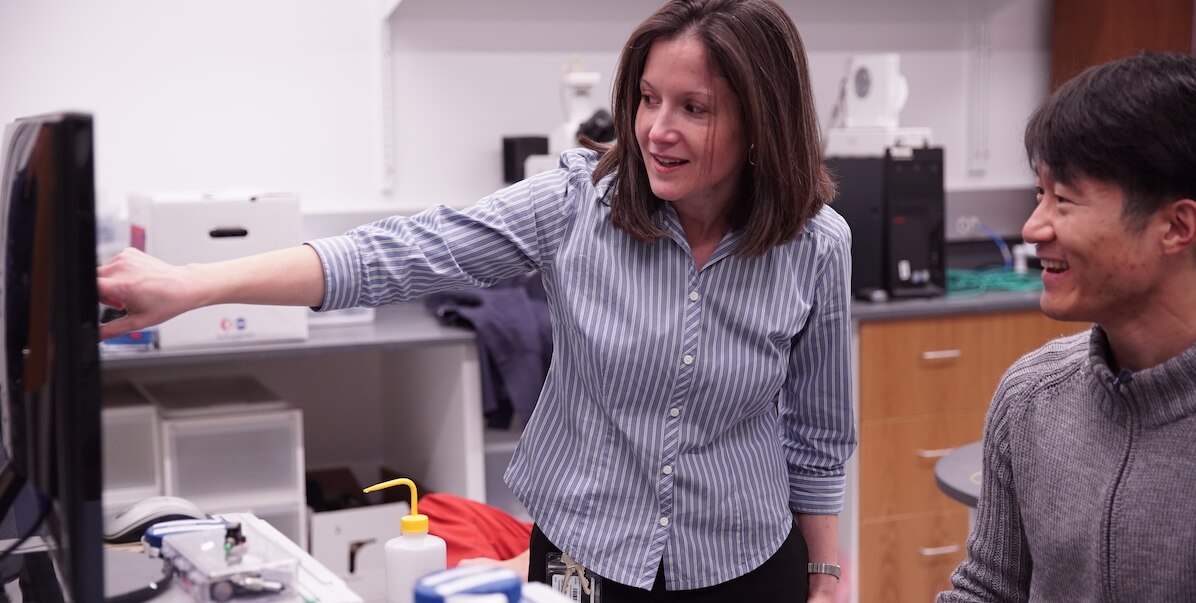
Since 2017, a transdisciplinary team of researchers working under an effort dubbed PANTHER, for Physics-bAsed Neutralization of Threats to Human tissuEs and oRgans, has made strides in understanding how concussions and other traumatic injuries develop in the brain.
Led by the University of Wisconsin-Madison, PANTHER brings together a consortium of researchers and a host of industry and organizations partners (including USC Viterbi researchers) to detect traumatic brain injuries.
Now, PANTHER will be able to expand its scope, thanks to an additional $10 million in funding from the U.S. Office of Naval Research. The new funding will allow PANTHER researchers to expand the scope of their work to include blast-induced concussions, a significant concern to the military.
Andrea Armani, the Irani Professor of Chemical Engineering and Materials Science, is the USC PI in this effort. Her group’s research, housed at the for Convergent Bioscience, is to design and build the sensor array that could detect proteins that are produced as a response to cell stress, expected in TBI. Her sensor array will be integrated with the larger analytical tool being developed by PANTHER team members.
Said Armani, “While we are designing the sensor module to detect the production proteins in response to cell stress, in the future with minimal changes, this instrument could be used to investigate other injury and disease models. Therefore, this system could enable a wide range of research efforts.”
Christian Franck, a University of Wisconsin-Madison mechanical engineer and the PI of PANTHER, says the team’s scientific advances can directly translate to innovative products and technologies related to traumatic brain injuries. “For example, we’re working with our industry partners to help design next-generation helmets and protective materials that are optimized to reduce brain injuries,” Franck says. “In addition, our work could provide clinicians with new diagnostic tools for detecting concussions, based on the release of the proteins in response to brain trauma. But we first need a better understanding of how these injuries originate in the brain cells. This is a key research area that we’re addressing with the PANTHER program.”
The development of a concussion diagnostics has been an elusive goal. By studying injured brain tissue as well as equivalent models, the PANTHER researchers will identify the specific proteins or other biomarkers that may be promising targets for future diagnostic tests. Their unique expertise provides promise for a successful outcome.
Partners in PANTHER include researchers from University of Wisconsin-Madison, Brown University, Robert Morris University, Colorado School of Mines, the University of Texas, Arlington, Iowa State University, Johns Hopkins University, and Sandia National Laboratories. Industry partners include Trek Bicycle, Milwaukee Tool and Team Wendy, which develops protective equipment.
Published on December 16th, 2020
Last updated on December 7th, 2021











